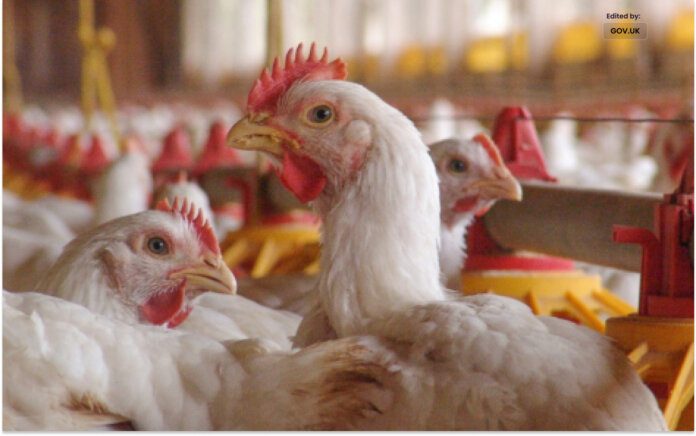First H3N8 bird flu victim identified in Guangdong, China: said WHO.
The incident follows the death of an 11-year-old Cambodian girl in February, who died from bird flu H3N8. This is the third reported case of the avian influenza subtype, all in China.
While the others had less severe symptoms, one of them developed into a serious illness. A woman developed the illness on February 22, was hospitalized with severe pneumonia on March 3, and died on March 16, despite the fact that the strain is uncommon in humans and that people I don’t seem to move.
Click here to read news in Urdu
The incident comes after the death of an 11-year-old Cambodian girl from avian flu in February.
Details
According to health experts, the patient had several underlying diseases. Before the onset of her illness, she had a history of contact with live chickens and previously had wild birds near her home.
At the time of reporting, none of the close contacts of the case had been infected or showed symptoms of the disease.
H3N8 is most commonly found in birds and, although rare in humans, is also found in other animals such as horses and dogs.
Britain lifted its avian flu stay-at-home restrictions on Tuesday due to expert advice that the threat posed by the virus had receded.
With more than 330 instances of bird flu confirmed in businesses, small holdings, and pet birds, the UK was seeing its worst epidemic of the disease since October 2021 when the restrictions were put in place.
Authorities obtained positive influenza samples from a nearby market where the 56-year-old is believed to have contracted the disease because bird flu is often transmitted from sick birds to humans.
The Chinese government has stepped up surveillance and sanitation procedures in the area surrounding the woman as a result of the incident.
Is bird flu dangerous to people?
The likelihood of bird flu spreading to people is still considered low, and vaccines have already been developed to prevent any potential mutations or person-to-person transmission.
To reduce the risk of infection, the World Health Organization recommends that governments increase public awareness of high-risk areas, such as farms, live poultry, or surfaces contaminated with bird or poultry droppings.




